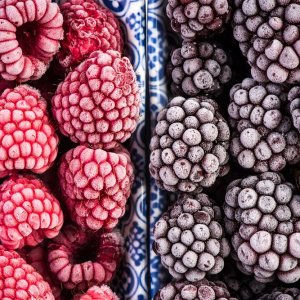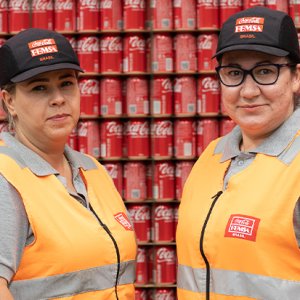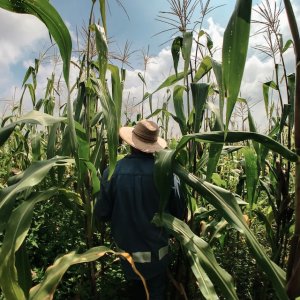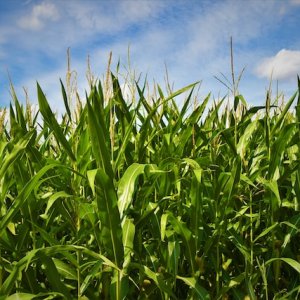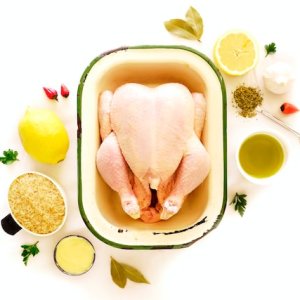
Fighting World Hunger and Food Insecurity Together
 By Sofía Hanna | Journalist and Industry Analyst -
Wed, 06/01/2022 - 15:04
By Sofía Hanna | Journalist and Industry Analyst -
Wed, 06/01/2022 - 15:04
This week in agribusiness, the way food systems are maintained and cared for takes the spotlight, given the high possibility of a world collapse in terms of nourishment. Meanwhile, Mexico purchases 521,000 tons of corn to create a reserve that can provide for Mexican citizens. Gender equality gained new importance in the fight against world hunger and FAO became a member of the Digital Public Goods Alliance.
Interested in more? Here are the week’s major headlines in Agribusiness & Food!
Food Systems on the Verge of Collapse?
The global food systems collapse is rapidly becoming a reality. Currently, the four big commodity traders that dominate grains globally and are central to the modern agri-food system are going through difficulties because much of the trade involving these companies pass through vulnerable chokepoints, such as the Turkish Straits, which are now obstructed by Russia’s invasion of Ukraine. Meanwhile, demand for food is only increasing over time, putting pressure on producers to avoid global problems such as a health emergencies, world hunger and lack of food security. While Mexico is largely self-sufficient in its food production, it will not be exhumed from the repercussions the rest of the world will be experiencing.
Gender Equality Is Essential to Transform Agri-Food Systems and Fight Hunger
“Overcoming gender inequality can play an essential role in ridding the world of hunger and malnutrition,” said Director General, Food and Agriculture Organization of the United Nations, QU Dongyu. “Women are key actors in agri-food systems and essential contributors to agricultural and rural development. But if we want to create agri-food systems that benefit all people, leaving no one behind, we must overcome gender inequality.” Recent data shows the increase in hunger observed in recent years and its impact on conflicts, climatic disturbances and economic recessions, which have affected women to a greater extent than men. The gender gap in food security grew even more prominent during the year in which the COVID-19 pandemic spread across the world, with the prevalence of moderate or severe food insecurity being 10 percent higher in women than men in 2020, compared to 6 percent in 2019.
Segalmex Will Buy 521,000 Tons of Corn to Comply With PACIC
To contribute to the Package Against Inflation and Famine (PACIC) and guarantee the supply of white corn, SEGALMEX purchased 521,000 tons of corn with the main objective of creating a reserve to supply the most vulnerable populations through a network of more than 20,000 Diconsa stores and, secondly, to supply up to 150,000 tons of corn to the dough and tortilla industry. “We have the capacity and resources to purchase corn, and with the publication in the DOF of the modification to the Operating Rules regarding the Guaranteed Prices program, we will proceed, in accordance with regulations, to comply with this presidential instruction,” said the General Director of the sectorized body in the Ministry of Agriculture, Leonel Cota Montaño.
FAO joins the Digital Public Goods Alliance
The Food and Agriculture Organization of the United Nations (FAO) has become a member of the Digital Public Goods Alliance to develop and promote digital public goods that contribute to the development of sustainable agri-food systems and the completion of the UN’s Sustainable Development Goals (SDGs). FAO has made the use of digital technologies a fundamental pillar of its work to transform agricultural practices and empower rural households, young farmers and entrepreneurs. Being a member of the Digital Public Goods Alliance means presenting the work of FAO in the framework of the digital public goods roadmap, a tool for coordination, harmonization, participation and communication in which the activities of the stakeholders promote these goods.

